Third Crusade
December 18, 2011 was a significant day for the American military aviation: The last combat sorties were carried out as part of Operation New Dawn, the final phase of the Second Iraq War, which began in 2003. For the first time since the beginning of the Desert Storm in 1991, American aircraft ceased military operations over Iraq [1]. But the peaceful sky of Iraq did not remain long. On August 8, 2014, two U.S. Navy carrier-based fighter aircraft launched an air strike against the artillery position of Islamic state militants near Erbil. A new war has begun.
Of course, not quite right to say so. The second horseman of the Apocalypse does not leave these lands at least since the beginning of the Iran-Iraq war in 1980. Only the composition of the participants changes (except for Iraq itself). The Islamic State of Iraq, a terrorist group that emerged in Iraq and achieved success in the civil war in Syria, which led to its reformatting, expansion and acquiring the name in the form of the currently accepted abbreviation ISIL (Islamic State of Iraq and the Levant) and the triumphant return to Iraq. In the course of the swift offensive in the summer of 2014, ISIS captured a significant part of northern Iraq with lightning speed — Mosul and Tikrit fell in just a few days, and on June 12, militants approached Baghdad on less than 100 km. Almost immediately, the Iraqi authorities requested military assistance from the United States.
The Iraqi capital was saved from an inevitable fall only by convening a national militia and the assistance of Iran, who sent part of the Guardians of the Islamic Revolution (IRGC) to Iraq. In late June - early July, several Su-25 attack aircraft were delivered from Russia and Iran. At least part of them then and later on were controlled by Iranian pilots [2]. In the future, these attack aircraft will play an important role in the fight against LIH and make a large number of combat missions.
Su-25K sent by Iran to Iraq
It seems that the lightning speed of the onset of ISIS at least temporarily knocked the United States out of a rut. In the early stages of the conflict, the administration of Barack Obama did not take any decisive steps, limited to monitoring the theater of unfolding hostilities. After the remnants of the Iraqi armed forces stopped the attack of ISIL on Baghdad with the help of the IRGC, the main events focused on the north, in Iraqi Kurdistan - the de jure autonomous region of Iraq, the de facto quasi-state of the Kurds. The Peshmerga, Kurdish armed formations that have proven themselves to be staunch soldiers, hardly defended their capital, Arbil, from militants. The threat of a serious defeat of the Kurds, one of the most capable forces that can be opposed by ISIL, and the continuing serious threat to Baghdad forced the United States to embark on military intervention in addition to supplies weapons Iraqi regime and Kurds.
7 August 2014. President Barack Obama made an official statement on the Iraq problem, in which he announced that the United States was launching limited air strikes on ISIL. The need to protect American citizens - diplomats, military advisers and civilian specialists in Erbil and Baghdad was cited as an official pretext. The president did not forget about the Yezidi refugees hiding from the militants in the mountains - their misadventures were at that moment in the center of attention of the Western media. In Iraq, at the time of Barack Obama's speech, 8 August has already arrived.
Canadian CF-18 "Hornet" in Kuwait
Uncertain "Unshakable determination"
From the very beginning, the efforts of the political leadership of the United States to make the operation as inconspicuous for the American taxpayer and the voter manifested. For the administration that came with the motto “end the war in Iraq”, this is not surprising. The US Central Command [3] had to deal mostly with its own resources - the benefit of the bases in the region, which had again become a theater of operations, remained a significant aviation group. Its exact composition is not advertised, but its number can be definitely estimated at several dozen aircraft. Apparently, there was no reallocation of really large forces, even if remotely comparable to those strapped in 1991 or 2003. Strategic aviation from the United States was also not involved in the raids (a small number of B-1B “Lancer” bombers participating in the operation operate from Qatar and were stationed there for a long time, even for operations in Afghanistan). In the Persian Gulf, there is still only one US Navy aircraft carrier operating — the usual duty for this region; Back in October, the Chief of Staff of the US Navy, John Grinert, stated that it was not planned to send a second aircraft carrier. For comparison - for the invasion of 2003, 6 aircraft carriers were pulled together. There were also failures to pay "combat".
F / A-18E "Super Hornet" US Navy gets ready
to combat flight
Reached absurdity. Thus, the operation’s own codename, Inherent Resolve, appeared only on October 15. This is a completely unique case, especially when you consider that the Western allies of the United States gave their operations - contributions to the general intervention, the names were given immediately (Shader - United Kingdom, Chammal - France, Impact - Canada, Okra - Australia). The name “Unshakable determination” itself looks in the general context as a uniform mockery of the military department over political leadership.
In general, for the American global military machine, this war is in the real sense of the word regional. Mainly local forces with relatively small reinforcements participate in the operation.
French "Rafale" M is preparing for combat
take off from the deck "Charles de Gaulle"
During the first month, deck aircraft from the CVN-77 "George HW Bush" aircraft played the main role. So, two F / A-18F “Super Hornet” squadrons of the VFA-213 “Blacklions” struck the first blow. The target was the gunmen’s artillery position; two adjustable bombs (CAB) destroyed two howitzers firing Erbil. Ironically, they were M198 US production, left during the withdrawal of US troops of the newly formed Iraqi army and captured by ISIL during the rapid offensive. The AV-8B “Harrier” vertical take-off and landing aircraft from the LHD-5 “Bataan” amphibious assault ship took part in the operation and delivered the first strike of 8 in August 2014 from the air force during the first month of the conflict in strikes took part (from reliably known) F-15E "Strike Eagle" fighter-bombers and B-1B "Lancer" strategic bombers. In total, in August, 100 sorties were made using armaments and 211 bombs and missiles were used (hereinafter AAS, aviation weapons).
From the very beginning of the operation, a serious inconvenience was clearly manifested, which represented for the American (and later coalition) aviation a large distance between the main theater of military operations (northern Iraq, later the north of Syria) and the bases from which the aircraft operates. From Qatar and the United Arab Emirates (where the US Air Force planes are based mainly) to the north of Iraq is about 1,500 kilometers. From Kuwait or the northern coast of the Persian Gulf - closer, but still outside the range of the usual fighter. This makes it very widely use tanker aircraft. During the same August, 675 flew tankers, carried out 3971 refueling in the air, in which more than 1800 tons of fuel were transferred. Of course, the tankers were not only in the interests of strike aviation, but also reconnaissance and transport (the latter was widely involved in supplying weapons to loyalists and Kurds, delivering humanitarian aid). But to accomplish a typical mission with the application of airstrike, it was often required not even one refueling in the air, but two.
Battlefield - Syria
Mirage 2000 French Air Force over Iraq
It seems that the lightning speed of the onset of ISIS at least temporarily knocked the United States out of a rut.
However, the main dilemma of the start of the operation was the expansion of the area of air strikes. Iraq was foremost for ISIS, and undoubtedly it had to be rescued by urgent actions. However, the rear of the terrorist group, training camps and one of the main sources of its income - oil production infrastructure and artisanal refineries - were located in Syria. If there were no diplomatic or legal problems with Iraq - the internationally recognized government of Iraq for a long time officially and absolutely sincerely asked the United States to render all possible military assistance - then with Syria everything was much more complicated. For obvious reasons, the United States could not reach an agreement with the current government of Bashar al-Assad - after all, there is still a policy of supporting the "moderate" opposition and overthrowing the "illegitimate regime." It is difficult to say whether backstage negotiations were held, but in the end, the State Department said that strikes against militants' positions and infrastructure in Syria would be inflicted simply “at the request of the Government of Iraq”, which does not even require permission from the UN Security Council. The Americans did not officially agree with the Syrian government, but "notified" him about the upcoming attacks. Damascus itself confined itself to a streamlined response that nothing was agreed upon with it, but of course he welcomed the fight against terrorism. However, the fact that US aircraft strikes mainly in areas where ISIS clashes with Kurds, as well as the absence of cases of “friendly fire” from both sides so far (you should not forget that Syria has relatively modern air defense systems and actively operating its own aircraft) suggests that certain agreements - at least in the area of "division of the territory" - are taking place. We note that earlier Syria itself, also at the request of Baghdad, struck blows at the militant positions in Iraqi territory.
Destroyed armored car LIH
Overcoming diplomatic obstacles, in the early morning of September 23, American aviation and the fleet dealt the most powerful blow to ISIL since the beginning of the operation. The infrastructure and positions of the militants in Syria were attacked by three waves of aviation; including the combat debut of the fifth-generation fighter F-22A "Raptor". Also, it was only during these strikes that cruise sea-based Tomahawk missiles were actively used.
In the further course of the campaign, attacks on Syria were applied approximately equally, with periodic distortions on one or the other front. In Iraq, the close forces of the loyalists from time to time needed serious support - it came to the point that the AH-64 Apache helicopters from the Baghdad airport had to operate a small contingent of the US Army. In Syria, in October, they focused on destroying the oil refining infrastructure in order to undermine ISIS's source of income. After completing this task, the vast majority of attacks were carried out on the “Kurdish Stalingrad” - the city of Kobani, located near the Syrian-Turkish border, where the most bloody battle of the war took place in six months. More than two dozen attacks a day were periodically delivered to the city and its suburbs, and a total of more than 700 were delivered. The operation’s leadership reported the destruction of more than 280 firing positions of militants, 100 buildings occupied by them, 60 “technicals” [4] and a dozen tanks. Only on January 27, the Kurds, with the support of aviation, managed to finally drive the militants out of the ruined city.
Royal Australian Air Force fighters
over Baghdad
Convening banners
The United States initially set out to create a broad international coalition. This was necessary, firstly, in order to further legitimize strikes and provide diplomatic and informational support for the campaign at the international level, secondly, in view of the unwillingness to attract its own additional reserves. A key role in the design of the coalition was played by the conference that took place on September 15 in Paris.
From the very beginning and until now, the allies of the USA are clearly divided into two groups: the Arab countries of the Persian Gulf and the countries of the conditional collective West.
The first group currently includes Bahrain, Jordan, Qatar, Saudi Arabia and the United Arab Emirates. These countries strike only on the positions of the militants in Syria. Their activity is clearly small and extremely modestly covered, not providing clear statistics. The main advantage of them is the additional legitimization of attacks on Syria, which are inflicted not by the United States alone, but by the “broad anti-terrorist coalition”, and by providing ground bases.
Tornado GR.4 Royal Air Force
UK takes off from the airbase
Cyprus
The second group includes the main world allies of the USA - Australia, Belgium, Great Britain, Canada, Denmark, France, the Netherlands (it is also conditionally to join Morocco to this group). These countries sent contingents to bases in the Gulf countries - United Arab Emirates, Jordan, Kuwait [5]. Most contingents are built around a small group of tactical multipurpose fighters (from six F-16AM "Fighting Falcon" Belgium or CF-188 "Hornet" Canada to nine "Rafale" and five "Mirage 2000" France). If possible, they are added to a large reconnaissance aircraft with a long flight duration, which is used to search for targets and monitor the effectiveness of strikes, an early warning system for radar detection and control (AEWS) and, of course, refueling aircraft. Suffice it to say that on January 31 only US tankers carried out 5950 flights and made refueling 36591.
Definitely the strongest contingent provided by France; She is the first, still 19 September, joined the blows. The Fifth Republic also plans to send its nuclear aircraft carrier Charles de Gaulle to the Persian Gulf, and this decision was made before the terrorist attacks in Paris. 25 February, his air group began striking. Other countries that provided the strongest contingents are the United Kingdom and Australia.
Bomber USAF B-1B "Lancer"
in combat departure
The countries of this group strike only at the positions of militants in Iraq. It is caused by the instability of the diplomatic rationale for strikes against Syria without the consent of the government of Bashar al-Assad and / or the sanction of the UN Security Council. As an exception, we can mention only UK reconnaissance flights over Syria.
The successful cooperation of the actions of the aviation of so many states is a good example of the high level of compatibility of equipment and the readiness of the military of Western countries for joint actions. Thus, it is common practice to refuel the airplanes of one country from a tanker in the air, control airplanes of several countries by an air command center (the role of which is performed by an AEW aircraft), not to mention the general planning conducted at the headquarters of the US Central Regional Command, located in Al- Udeida, Qatar.
Despite the large number of allies, the United States plays a major role in striking. So, according to the statistics published in the beginning of November 2014, American aviation delivered 85% of all strikes.
First French airstrike
"Only the dead will see the end of the war"
At the end of January, 1919 was hit, according to American estimates, more than 6000 militants were killed, dozens of countries were involved in the coalition to varying degrees, and the US alone spends more than 8 million dollars a day on the operation (the total costs to January 30 accounted for over 1,35 billion dollars). However, despite all this, the victory over ISIS is now no closer than it was in August 2014. Yes, the Kurds threw the enemy away from their Iraqi capital, Arbil, and won the terrible battle for Kobani, and the Iraqi loyalists, with the help of Iran, stopped the militant offensive. But the terrorists still control the vast territory. Opponents of ISIS demonstrate stamina when they fight in a territory that they consider to be “their own”, but show limited offensive capability and maneuverability. Coalition aircraft is operating with almost no losses - only the F-16C of Jordan can be called the only possible ISIL, but the reason for its loss is not certain. But it cannot go on forever.
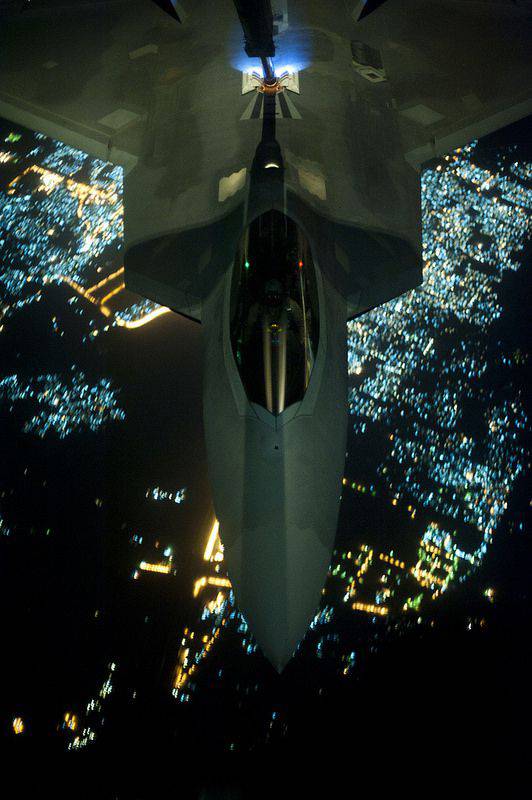
Fighter 5 generation F-22A "Raptor"
refueling during a combat departure
Militants suffered serious losses, but a significant number of volunteers come to them not only from traditionally Islamic countries, but also from Europe and even the USA, Canada, Australia. LIH has already struck "to the rear" in the form of loud terrorist attacks in Britain, France, Canada and even in a previously, it would seem, insanely distant from the radical Islam of Australia. Of the last of their "exploits" - the execution of two Japanese (officially because Japan, deprived by the constitution of the right to use force abroad, helped the coalition with money), burning the Jordanian pilot F-16C alive and captive, decapitating the Egyptian 21 just for that they professed Christianity (to which Egypt responded with air strikes at ISIS facilities in Libya).
So the next war in the Middle East will continue for a long time. In the coming 2015, we should expect only the expansion of the air campaign - it is not for nothing that December 2014 (1867) and January 2015 (2308) became the peak in terms of the number of TSA applied. Pentagon spokesman John Kirby frankly said that he didn’t know how long it would take to defeat ISIS - “perhaps from 3 to 5 years”. It seems that the United States has received another war of the most unpleasant nature - the one in which there is no end in sight.
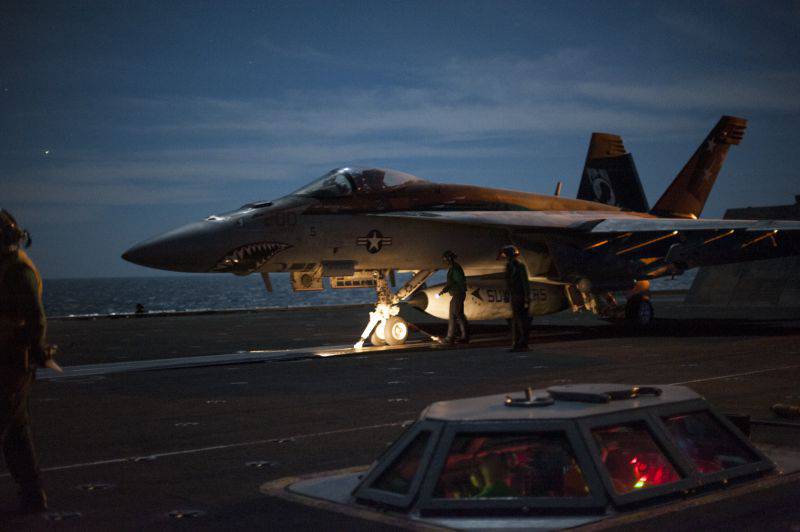
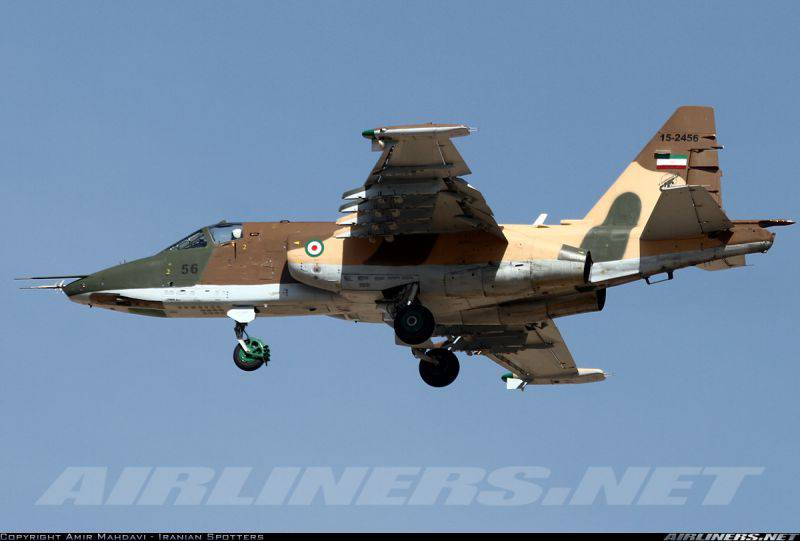
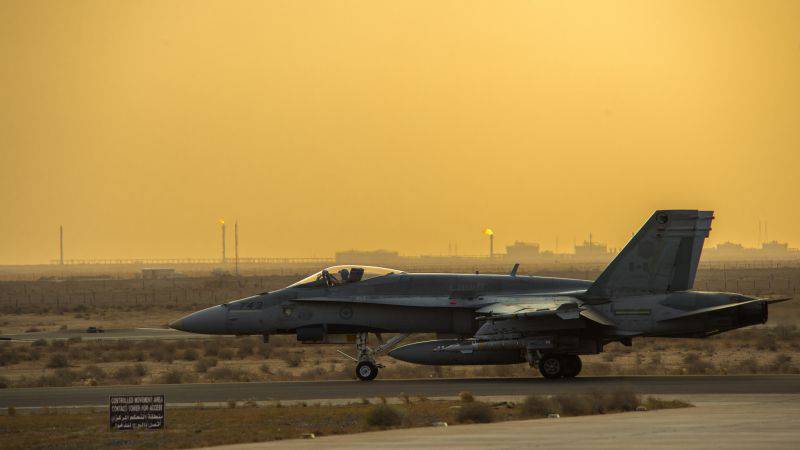
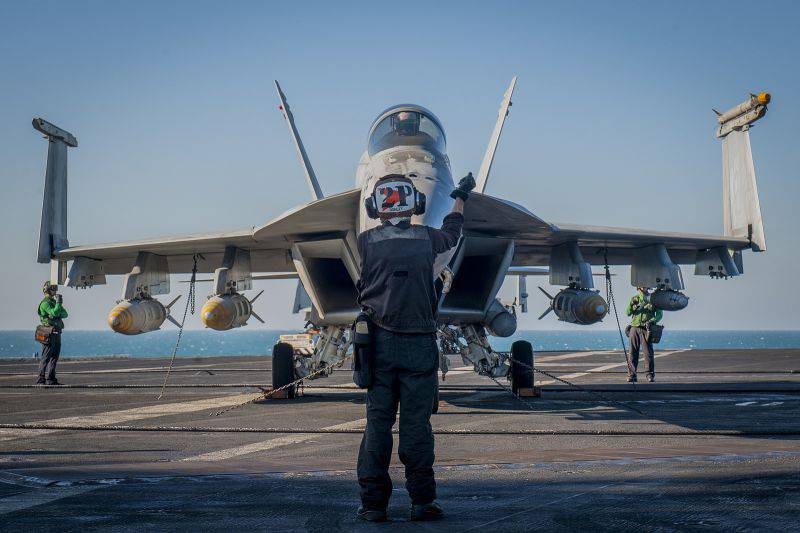
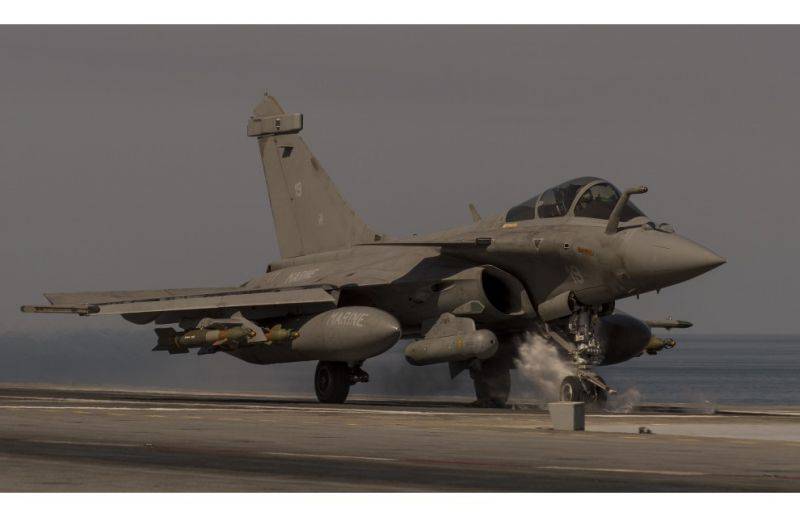
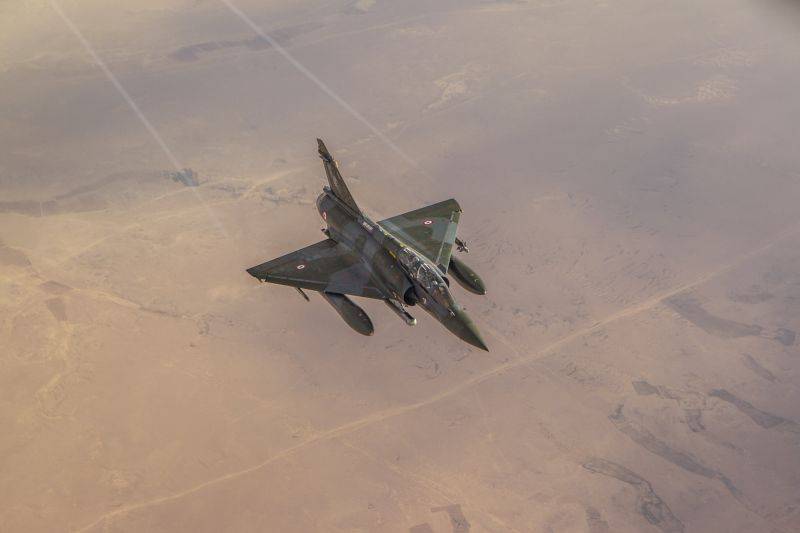
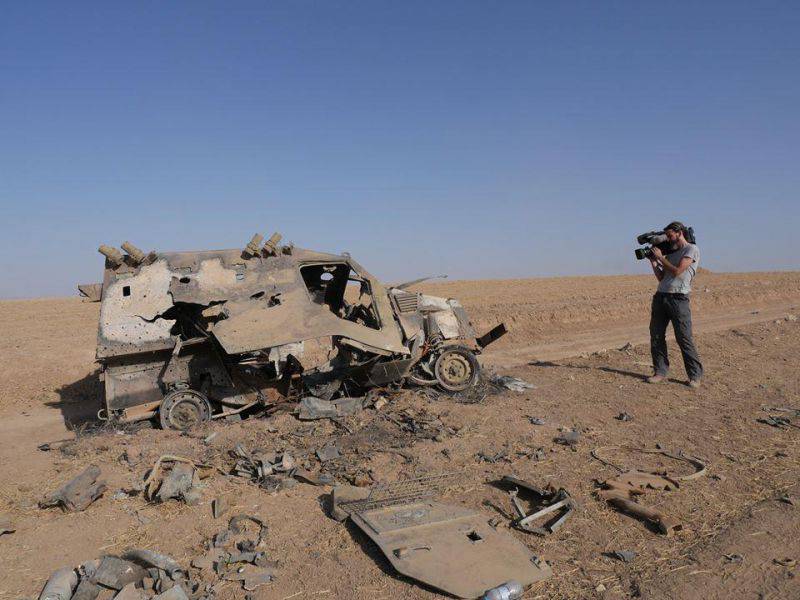
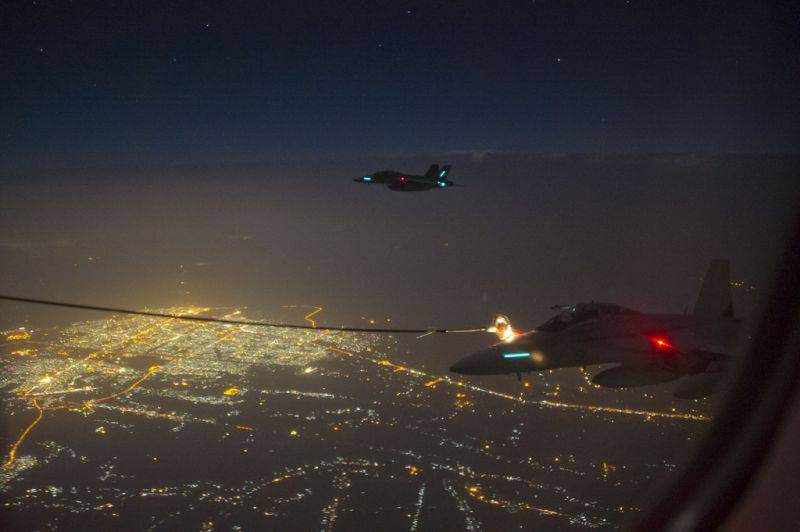
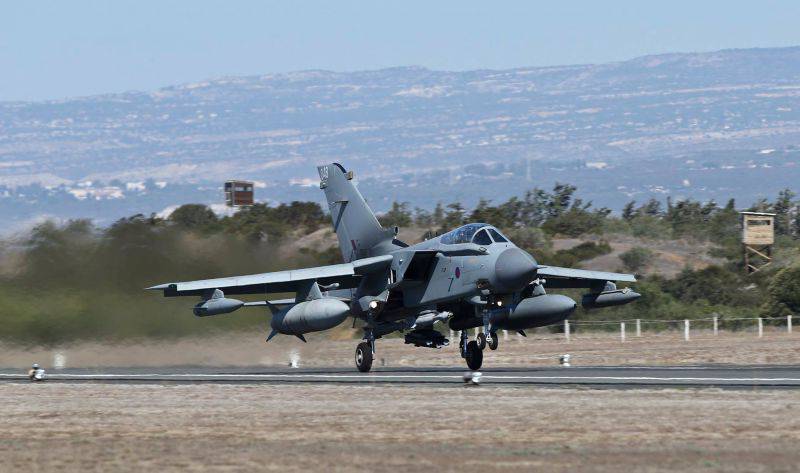
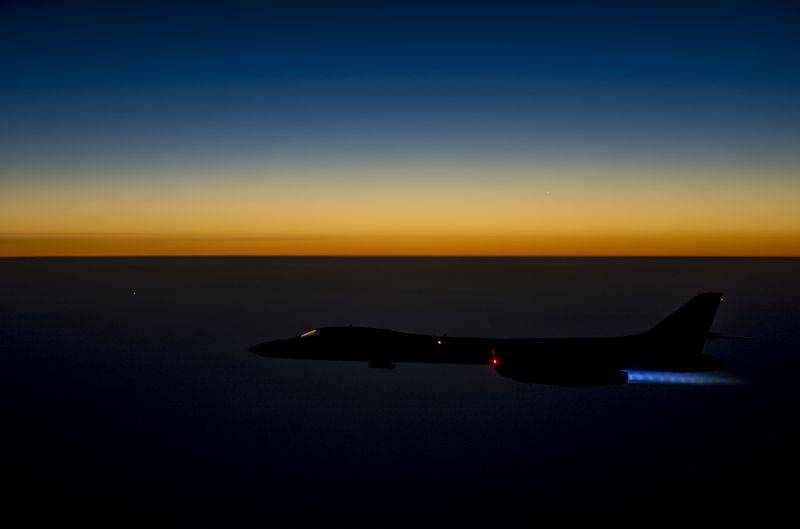
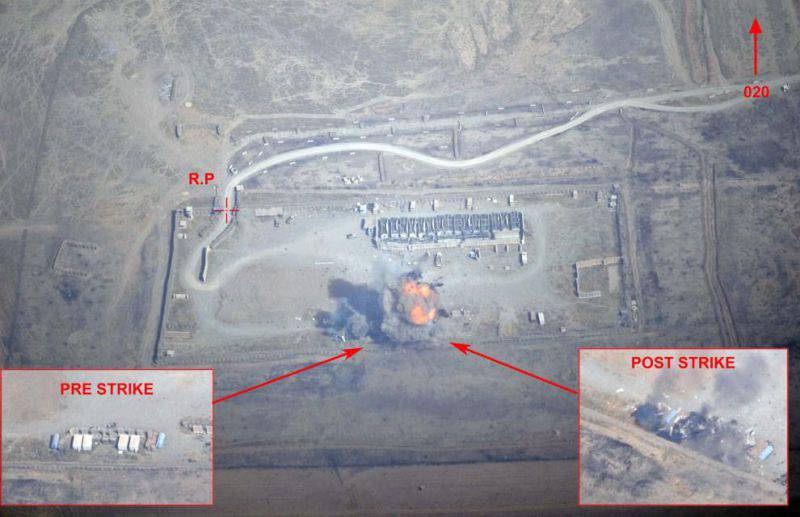
Information